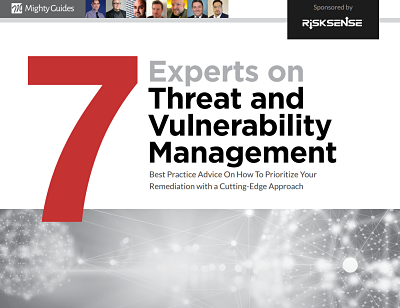
Jayesh Kalro, Director, Global Practice, CA Services, CA Technologies
To Manage Vulnerabilities Effectively, Define Business Priorities and Identify Critical Assets
- Businesses must first define their priorities in order to effectively manage vulnerabilities in their environment.
- Automation can provide businesses with a powerful way to speed up their response time and react to threats with greater agility.
- Understanding active exploits in your IT infrastructure provides a clear path to an improved cyber risk profile
“Using vulnerability management tools that provide clear prioritization for patching specific assets that have active exploits can mean the difference of a job that is never done versus an organization that is better protected with a reduced risk profile.”
For Jayesh Kalro, vulnerability management comes down to clarifying business priorities. “Your business defines your set of priorities, and your data is the most important thing that you’re trying to protect. Where is that data stored? Those are your critical assets.” says Kalro, the director of global practice at CA Technologies. Many vulnerability-management tools provide you with a scanning tool that can serve as the starting point for identifying vulnerabilities and threats, but you really have to look at the vulnerabilities, enrich that data with threat intel sources, and active exploits to assess your true risk posture. Identifying vulnerabilities is just the first step in managing your organization’s risk effectively.



